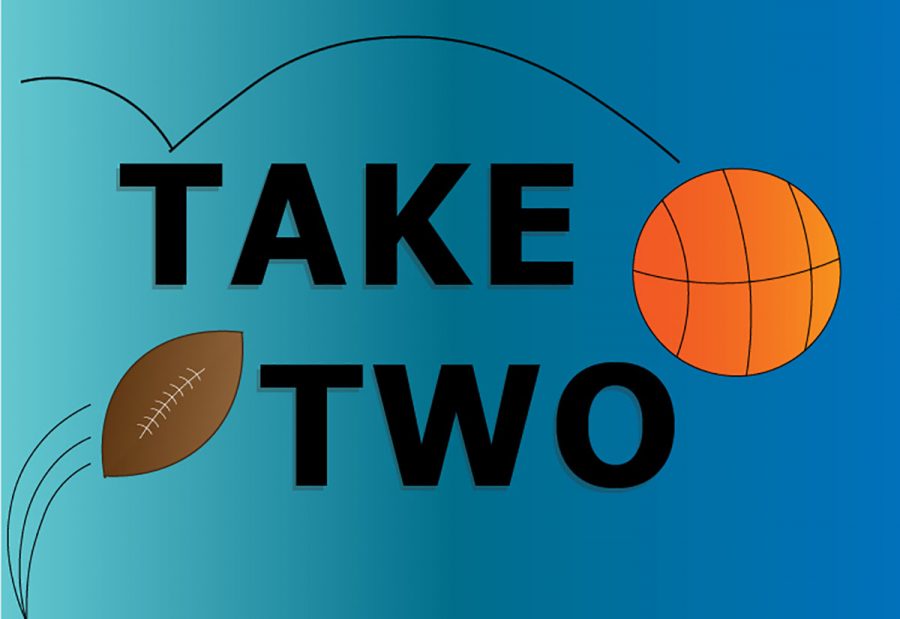Take Two
Should the pitcher be hitting in Major League Baseball?
More stories from Scott Procter
More stories from Seth Abrahamson
Keep the DH
Few sports debates have a history as long as the use of the designated hitter (DH) in baseball. Since the 1973 season, the American League has used the DH while the National League, for whatever reason, has refused to follow suit.
I’ll tell you not only why the DH needs to stay, but also why the National League should adopt it.
For starters, can you think of a professional sport that uses two different sets of rules? For example, what if in basketball, there was a three-point line in the Western Conference but not in the East? What if you could kick field goals in the National Football League in the AFC but not the NFC? Both leagues should play by the same set of rules and if we had to pick, most would likely choose to see hitters actually hit and not pitchers try to hit.
As much as we like (humorously) seeing pitchers like Bartolo Colon attempt to make contact with the ball and have good plate appearances, the truth is most do not. While there are some exceptions, pitchers are routinely dreadful at-bat and even warrant a change of the channel from me when I see a pitcher strut to the plate most times. In 2015, pitchers hit .132, according to Fox Sports, and that sounds more like a waste of time to me than anything else.
The final reason the DH should be implemented in both leagues is because the sport of baseball needs more offense; and the DH can do that. While some fans enjoy the occasional low-scoring pitchers’ duel, most viewers like to see hits and runs scored. Having a pitcher round out your batting lineup usually eliminates any momentum from previous batters and results in the scoring of less runs overall.
In 2016, the American League averaged 4.82 runs per game while the National League averaged 4.44 runs per game, according to RSNStats. It marked the 42nd straight year where the American League outscored the National League, and it is no coincidence. Let the hitters hit and let the pitchers pitch.
Pitchers can hit
Since the beginning of baseball, the pitcher has not only been pitching, but also hitting. The use of the designated hitter (DH) has only been around since the 1970’s with the first use of it in a game in 1973, according to Baseball Reference. Before that, pitchers were full-time hitters and that is how it should remain.
Many argue the DH rule was one of the biggest rule changes in the modern era. In the American League (AL) pitchers are not required to hit, but instead can just focus on pitching. The National League has stuck to the traditional rules of requiring the pitcher to hit every game. I can see why many fans would think having a DH is a positive and elevates the game, but having the pitcher also hit allows him to be a complete player on the team.
Yes, pitcher’s hitting statistics are very meager, and rarely do they make a difference in a game as a hitter, but keeping the pitcher as also a hitter keeps the variety in baseball and seperates the NL from the AL. This also allows for extraordinary events to happen. A pitcher may not only be able to dominate the opposing team on the mound, but if they are talented/lucky enough, they could do some impressive feats in the batter’s box.
Fox Sports rated the best hitting pitchers in the majors today, and many at the top of the list are pitchers that have had multiple home run seasons. A couple of the top pitchers on their list are Madison Bumgartner of the San Francisco Giants and Noah Syndergaard of the New York Mets. Bumgartner has 16 career home runs, the most among active pitchers, according to Fox Sports, and Syndergaard has four in only 100 at-bats.
The next player that could break the threshold of the typical pitcher/hitter variety is the young phenom from Japan, Shohei Ohtani. Ohtani not only dominated on the mound in Japan, but also at the plate. He was signed by the Los Angeles Angels, an AL team, this past offseason and many wondered whether he would pitch full time, or hit. A week into the season, he has answered the questions of whether he could do both, as he has hit three home runs so far as a dh in only 18 at-bats and has 18 strikeouts in 13 innings. The only question that remains with Ohtani is whether he can hold this type of production all year long.
Those questions would not be asked in the NL.


